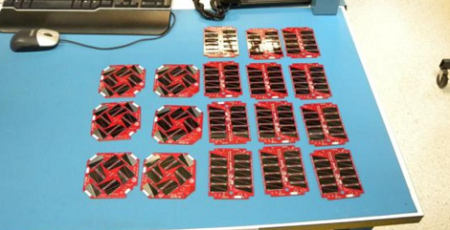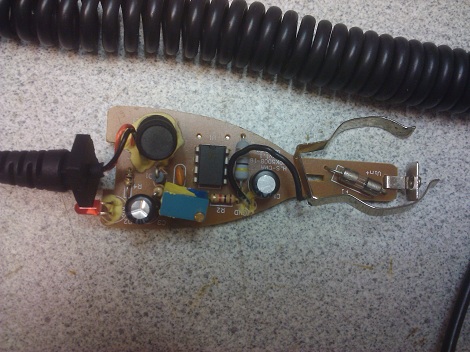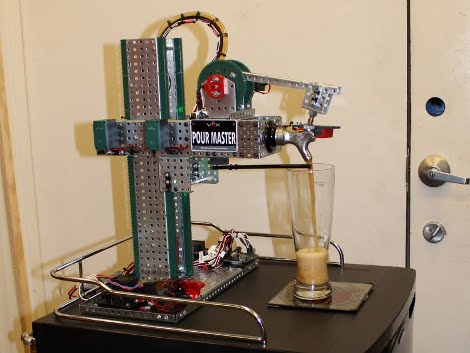
Since 2007, [Adam Kemp] has been leading a team of students from Thomas Jefferson High School, guiding them through the process of designing and building a small satellite that NASA selected for launch early next year.
The CubeSat, officially named TJ³Sat, uses commercial, off-the-shelf components for nearly all its systems. The team ran into a problem interfacing the FM430 Flight Module (PDF warning), so [Adam] designed an Arduino-based replacement. Based on an ATMEGA328, the entire board is a drop-in replacement for the FM430 Flight Module. On July 1st, the TJ³Sat will begin testing at Orbital Sciences Corp. to make sure the entire satellite is up to snuff.
The TJ³Sat’s payload will take data from the ground controllers and using a TextSpeak module convert serial data into spoken voice. This audio will then be transmitted over amateur radio frequencies and will be picked up by hams all over the world. We’d like to wish the students at Thomas Jefferson High a hearty congratulations for being the first High School to build a satellite and hope the testing and launch go as planned.




















